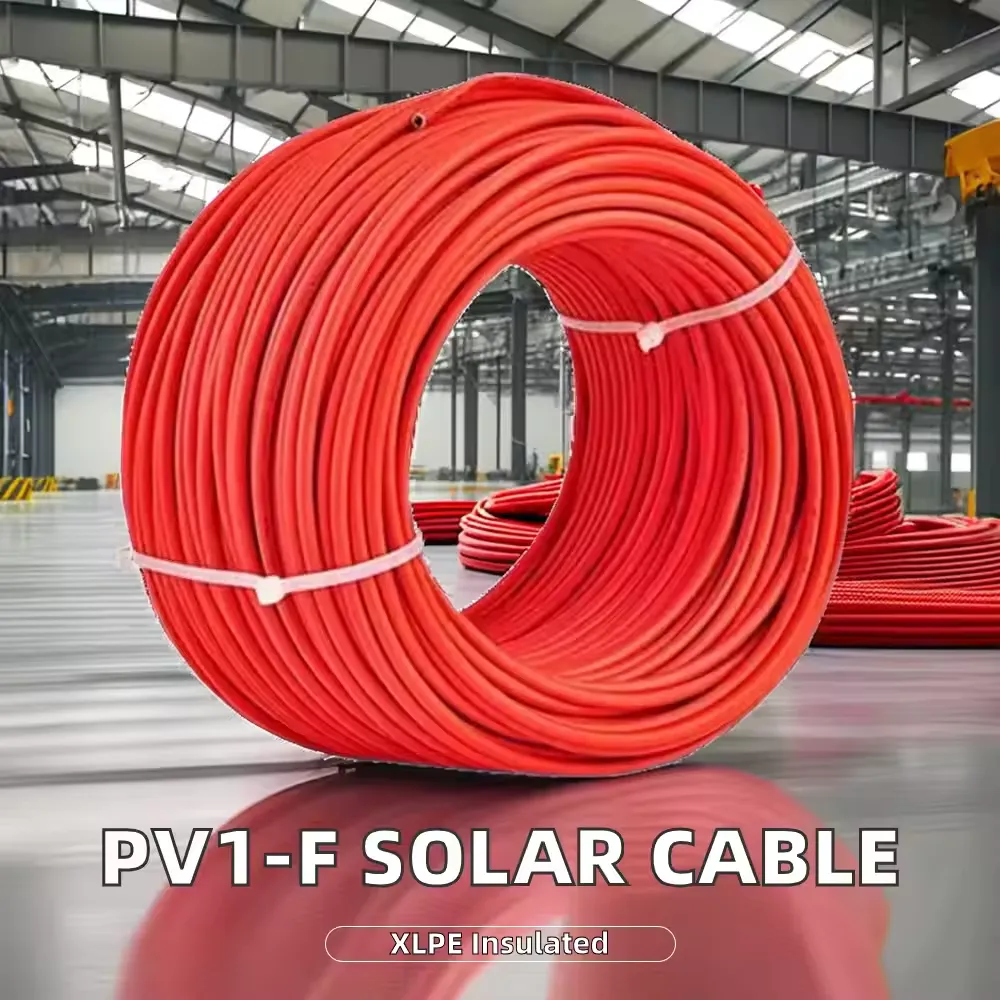Time: 2025-04-23 15:43:35 Source: Henan Province Jianyun Cable Co., Ltd.
A cable bundle is a group of wires or cables that are gathered together into a single unit, often for organization, safety, or efficiency in electrical or telecommunication systems. These bundles are used in various settings, from homes to industrial projects, and play a key role in managing complex wiring. This article explores the concept of cable bundles through three key sections, using a table to highlight examples and analogies to make the topic engaging.

A cable bundle refers to multiple wires or cables that are grouped together, typically bound using materials like zip ties, sleeves, tape, or conduit. The purpose is to keep the wires organized, reduce clutter, protect them from damage, and make installation or maintenance easier. For example, in a home, several 14-2 NM-B cables (as discussed earlier) might be bundled together when running through a wall to power different rooms.
Bundling can be done during manufacturing (e.g., pre-bundled cables like aerial bundled cables, ABC) or on-site during installation. In manufacturing, cables are often wrapped in a protective outer sheath, while on-site bundling might involve electricians using ties to group wires. The process ensures that wires stay neat and safe, reducing the risk of short circuits or interference. A cable bundle is like a “team” of wires working together—each wire has its job, but they’re grouped to stay organized and efficient.
Cable bundles vary based on their purpose, environment, and the types of cables they contain. Below is a table summarizing common types of cable bundles:
| Type | Description | Example Use |
|---|---|---|
| Aerial Bundled Cable (ABC) | Insulated power cables bundled together, used overhead | Low voltage distribution (e.g., 400V to homes) |
| Harness Bundle | Wires pre-bundled in a factory for specific devices | Car wiring harnesses (e.g., for engine control) |
| Conduit Bundle | Cables grouped inside a protective conduit | Indoor house wiring (e.g., 14-2 NM-B in walls) |
| Telecom Bundle | Multiple communication cables (e.g., fiber optic) | High-speed internet in smart cities |
Aerial Bundled Cables (ABC): These are pre-bundled insulated power cables (e.g., 1kV–35kV), often used in overhead distribution (as discussed earlier). They reduce outages from tree contact and are common in rural areas. Harness Bundles: Used in vehicles or electronics, these are pre-assembled in factories for specific functions, like a car’s wiring harness connecting the battery to the lights. Conduit Bundles: Cables like 14-2 NM-B are grouped in a plastic or metal conduit for protection, often in home or industrial wiring. Telecom Bundles: These bundle fiber optic or copper cables for internet or phone services, supporting high-speed data transfer. Each type of bundle is like a “specialized crew”—tailored for its specific job, whether in the air, a car, or your home.
Cable bundles are used in a wide range of applications to improve organization, safety, and efficiency:
Why They’re Important: Bundles prevent tangling, reduce wear and tear, and lower the risk of electrical faults (e.g., short circuits). They also make troubleshooting easier—if a bundle is labeled, you can quickly find the right cable. In terms of safety, bundling with fire-resistant materials (e.g., per IEC 60332, as discussed earlier) can prevent fire spread. Using cable bundles is like organizing a “busy highway” of wires—keeping traffic orderly, safe, and efficient.
A cable bundle is a group of wires or cables gathered together for organization, safety, and efficiency, bound using ties, sleeves, or conduits. Types include aerial bundled cables (ABC) for power distribution, harness bundles for vehicles, conduit bundles for house wiring, and telecom bundles for data. They’re used in homes (e.g., 14-2 NM-B), power systems, industries, telecom, and transportation, preventing faults, simplifying maintenance, and enhancing safety. Cable bundles are essential for managing complex wiring, ensuring electrical systems work smoothly and safely in diverse applications.